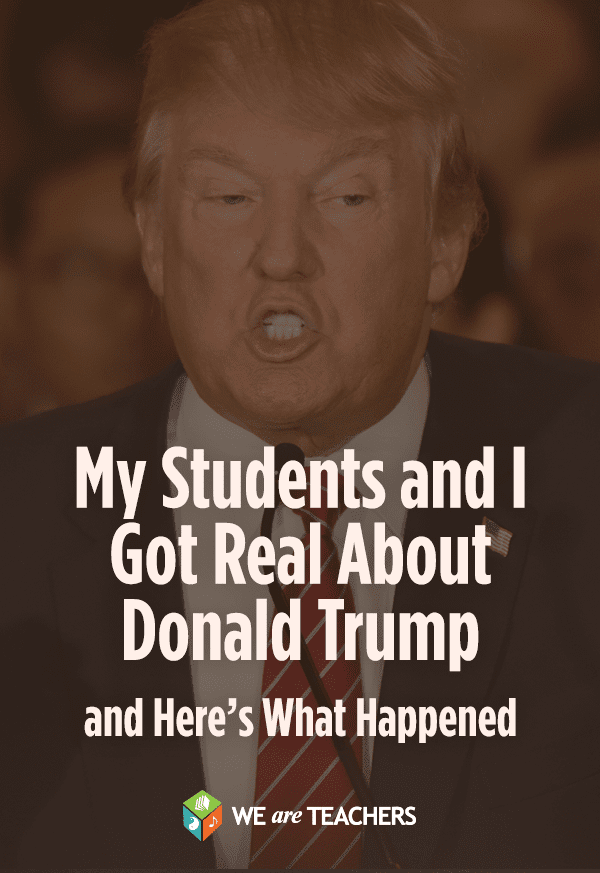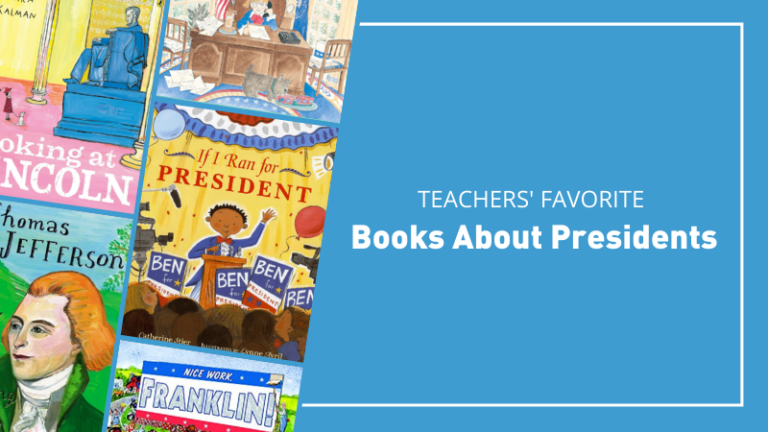Talking about politics in our current climate can be very tricky. But it’s important to me to talk about current events with my high school social studies students, and that includes the election. That’s why I was happy when I recently received a class set of The Week magazine to review and use with my students.
The Week is a nonpartisan news magazine that covers current events, arts, science, government and more. There is a wide range of reading levels in my classroom, and while I have used Time and National Geographic in the past, not all of my students could really appreciate the articles, so I wasn’t sure how they would respond to The Week. But our test run was surprising!
In the issue we received, the “controversy of the week” was about whether or not Donald Trump is responsible for the violence at his rallies. We began by reading about the controversy silently. Then students each wrote a response sharing their own opinions, using examples from the article as evidence. Next, we had a class discussion about students’ responses, and while their answers were mixed, we were able to have an interesting debate on the issue—and a civil one to boot!
Not all of my students have access to the news at home, so reading the Trump article in The Week and talking about it in class helped them to understand some of the issues we are facing in this election. And while I was worried about some of my struggling readers, the language used in The Week is very accessible, with some occasional higher-level vocabulary words that we talked about as a class.
After reading about Trump, I had my students explore some of the other articles in the magazine, and because there are so many topics covered and the stories vary in length, even my most reluctant readers found something they could sink their teeth into. Several students even asked if they could keep their copy after class. And at one point I had 100 percent of my students reading silently, which rarely ever happens!
In addition to bringing current events into the classroom, I see how The Week could help students understand cause-and-effect and sequencing. For example, there was an article on President Obama’s Supreme Court nominee and a student mentioned that it was like FDR’s court-packing scheme that we had just reviewed. Now, in my mind, they are not very similar, but the student made a connection between a president and controversy with the Supreme Court. This is a critical skill that students need to master.
Many of my students also struggle with being able to find the main idea of an article or reading passage, and reading the articles in The Week was a great way to talk about and practice this skill.
I’m going to try to get a subscription to The Week for next year, and I plan to reach out to the ELA teachers at my school to create some cross-curricular lessons around the events covered. After all, the election is going to be heating up and I’m going to need a resource for talking about these issues with my students!
Want to try The Week in your classroom? Subscribe now at the special academic rate of 87 cents per issue!


